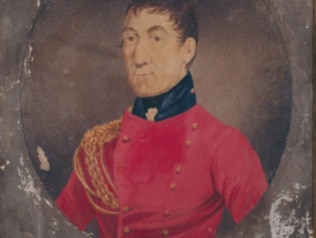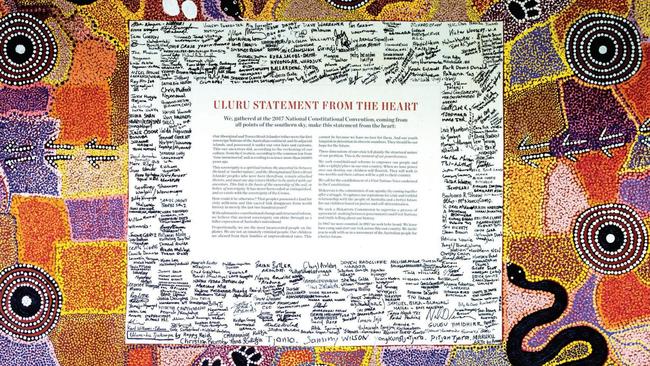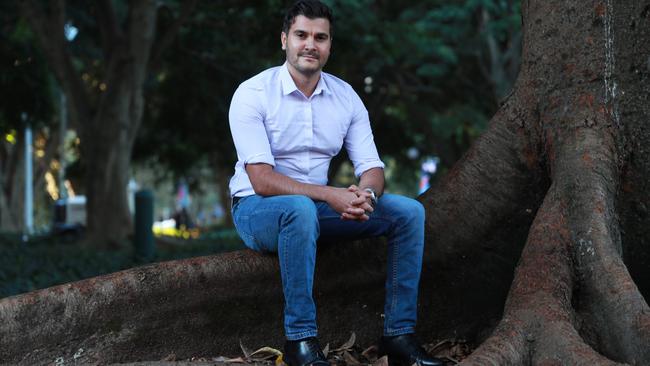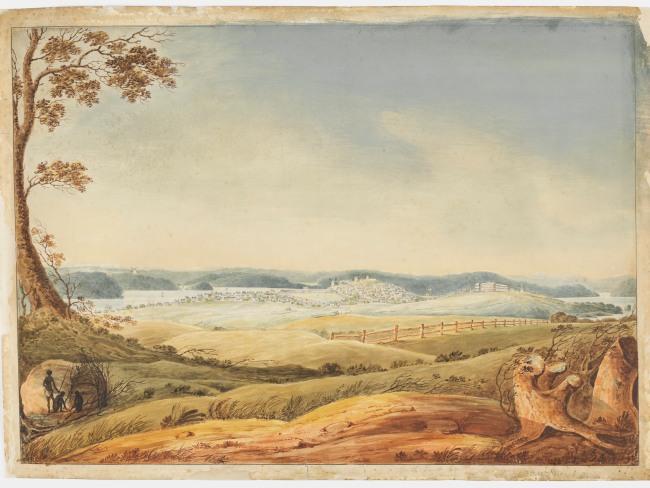Facing the truth about Indigenous Australians
This is the most comprehensive truth-telling project in Australian history.

This is the most comprehensive truth-telling project in Australian history.
The most comprehensive truth-telling project in Australian history is documenting every law and policy that has targeted or had a disproportionate impact - deliberate and accidental - on Indigenous people since 1788 commencing with NSW.
"Towards Truth" is the first attempt to chronicle in forensic, legal detail the story of how Australian governments and institutions have touched every aspect of the lives of Aboriginal and Torres Strait Islander people.
The interactive database has drawn on the pro-bono skills of legal researchers from some of Australia’s top law firms to document the story of colonisation in NSW: Herbert Smith Freehills, Clayton Utz, Lander and Rogers, Macquarie, Norton Rose Fulbright and PwC Indigenous Consulting have lent their skills to build the first database of its kind in the world.
Pioneered by Professors Megan Davis and Gabrielle Appleby, two constitutional lawyers from UNSW Law involved in the Uluru Statement from the Heart, the Public Interest Advocacy Centre and the University of NSW’s Indigenous Law Centre are creating the database and website to tell the story of how dispossession has occurred methodically under the rule of law.
Professor Davis considers the mythology about Australians and the "Why Weren't We Told" refrain coined by historian Henry Reynolds is challenged by the fact much of what has happened to Indigenous peoples was in plain sight and always has been, in the colonial parliaments and the later state, territory and federal parliaments.
“After Uluru we contemplated the complex archival resources needed to paint an accurate picture of the dispossession. The entire Uluru dialogue process was an exercise in truth-telling and many of the stories found in the dialogues referred to actions sanctioned by government laws and policies,” Professor Davis told The Australian.
Towards Truth brings together the archives of the nation including original government documents with scholarly materials and commentary to map the truth through legislation and policy.
The project commenced with dispossession of land, languages, child removals and the regulation of hunting and fishing and is moving onto participation in democracy and the criminal justice system.
Each section has a short explanatory overview that will give context to the documents and the website is searchable by keywords. It is expected to be a valuable resource for schools and universities but accessible and easy to navigate for any Australian.
The website links to historic and current legislation, parliamentary speeches, significant letters and photographs.

The project was developed by the UNSW Indigenous Law Centre after the 2017 Uluru Statement from the Heart that called for a constitutionally enshrined voice, a treaty then truth telling.
Towards Truth is considered important to the aims of the Uluru Statement because it will be “a foundational resource for truth-telling processes and a future Makarrata Commission to oversee treaty-making”.

Starting in NSW, the project has been designed to complement other truth-telling work that is taking place across Australia. It is intended to provide a way to explore, understand, and contextualise the post-colonisation experiences of First Nations people and enable future research, investigation and education initiatives. Database users will be able to select from themes, areas of law and time periods. Other states will follow.
For example, a person who wants to understand why their grandmother said she was not allowed to speak her language to her children in the 1920s will be able to research the law and policy at the time in the relevant area that relate to language.
Towards Truth's project coordinator is 30-year-old lawyer Corey Smith, a Ngemba man whose work on the database helped him understand in vivid detail the pressures on his own great grandmother May Biles not to be proud of her Aboriginality.

May lived in Brewarrina at a time when the NSW government exempted Aboriginal people from the draconian restrictions of the Aborigines Protection Act if they could prove they did not speak their language or associate with other Aboriginal people. "It meant access to publicly-funded health, education and housing," Mr Smith said.
"I never knew a lot of these things. It wasn't something we learned in school."

One of the project’s strengths is that it is not run by any government, according to lawyer Daniela Gavshon who has worked on Towards Truth in her role as the Public Interest Advocacy Centre’s director of truth and accountability.
Ms Gavshon ran the International Center for Transitional Justice in the Solomon Islands where she provided extensive advice and support to the Solomon Islands Truth and Reconciliation Commission.
In the federal election campaign, the Greens have called for Australia to have its own truth and justice commission as a priority.
However, Ms Gavshon believes commission-style truth telling - government-run, with hearings that run only for a certain period - has shortcomings.
“Formal truth-telling processes are often run by the government with a top-down approach. In my previous work in the Solomon Islands, I saw how centralised, time-limited truth-telling can be unsatisfying for some. When the government has failed people in the past, they often do not have confidence in state-run processes. Also, truth-telling takes time,” she said.
Ms Gavshon described Towards Truth as a nuanced deep dive into dispossession and disempowerment that would contribute to First Nations led localised truth-telling.
“At the same time it gives the entire community an opportunity to reckon with our past and present, and to develop an understanding of how law and policy can be both a tool and a weapon,” Ms Gavshon said.
“I have been inspired by the grass roots, community-led conception of truth-telling at the Uluru dialogues.
“In PIAC’s work on Sri Lanka, we have seen that producing resources to support truth-telling is the most meaningful contribution for us to make to these processes.
“It means that we are not reliant on a government establishing an institution, and our work is not time bound.”
You can read an opinion piece about this project by Professor Megan Davis here.



